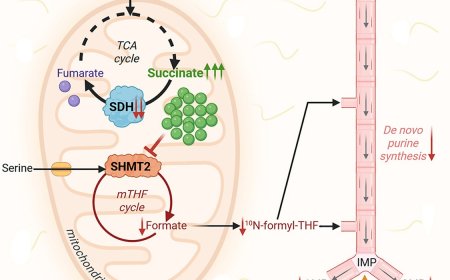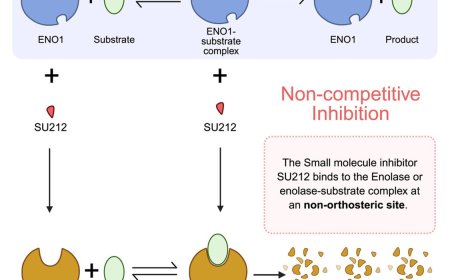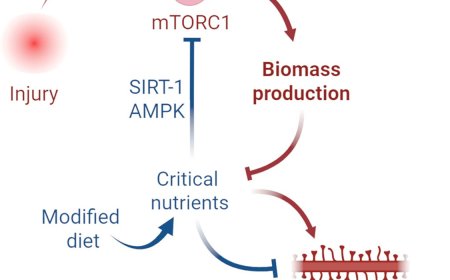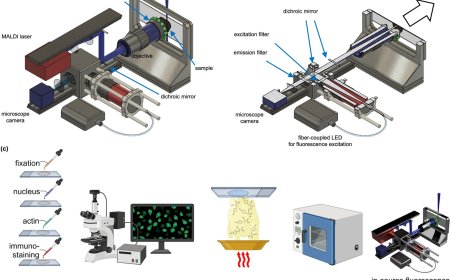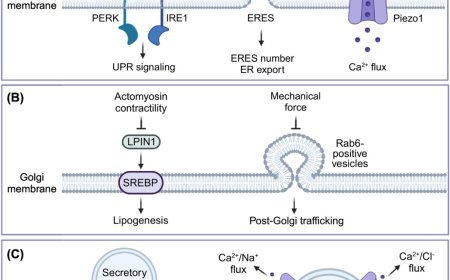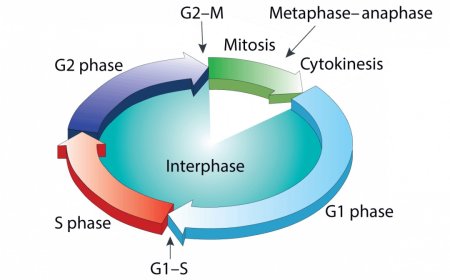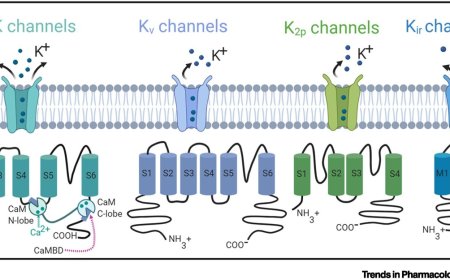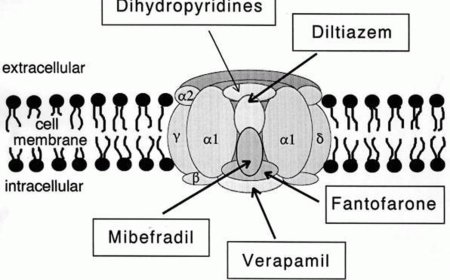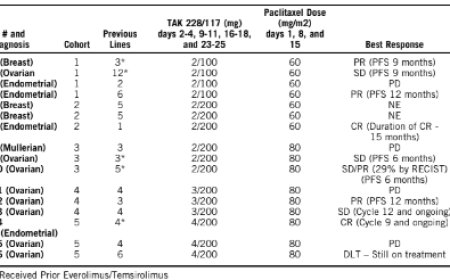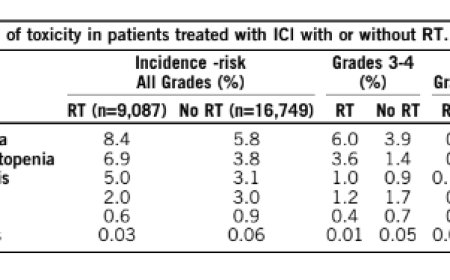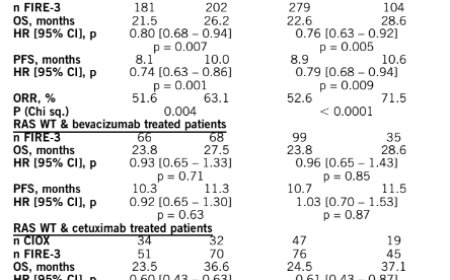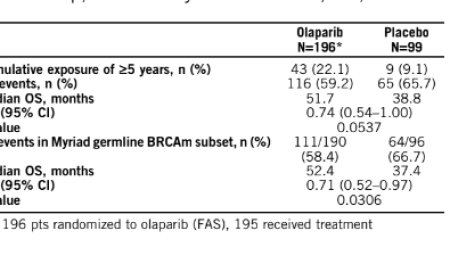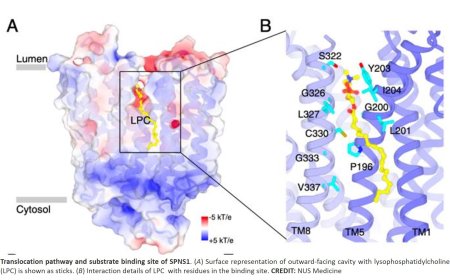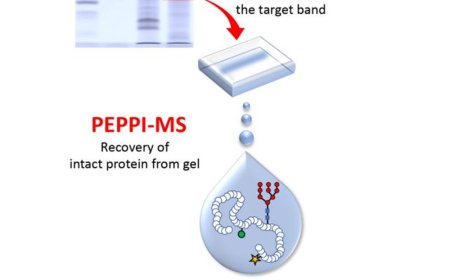The first structure of the complete botulinum neurotoxin complex
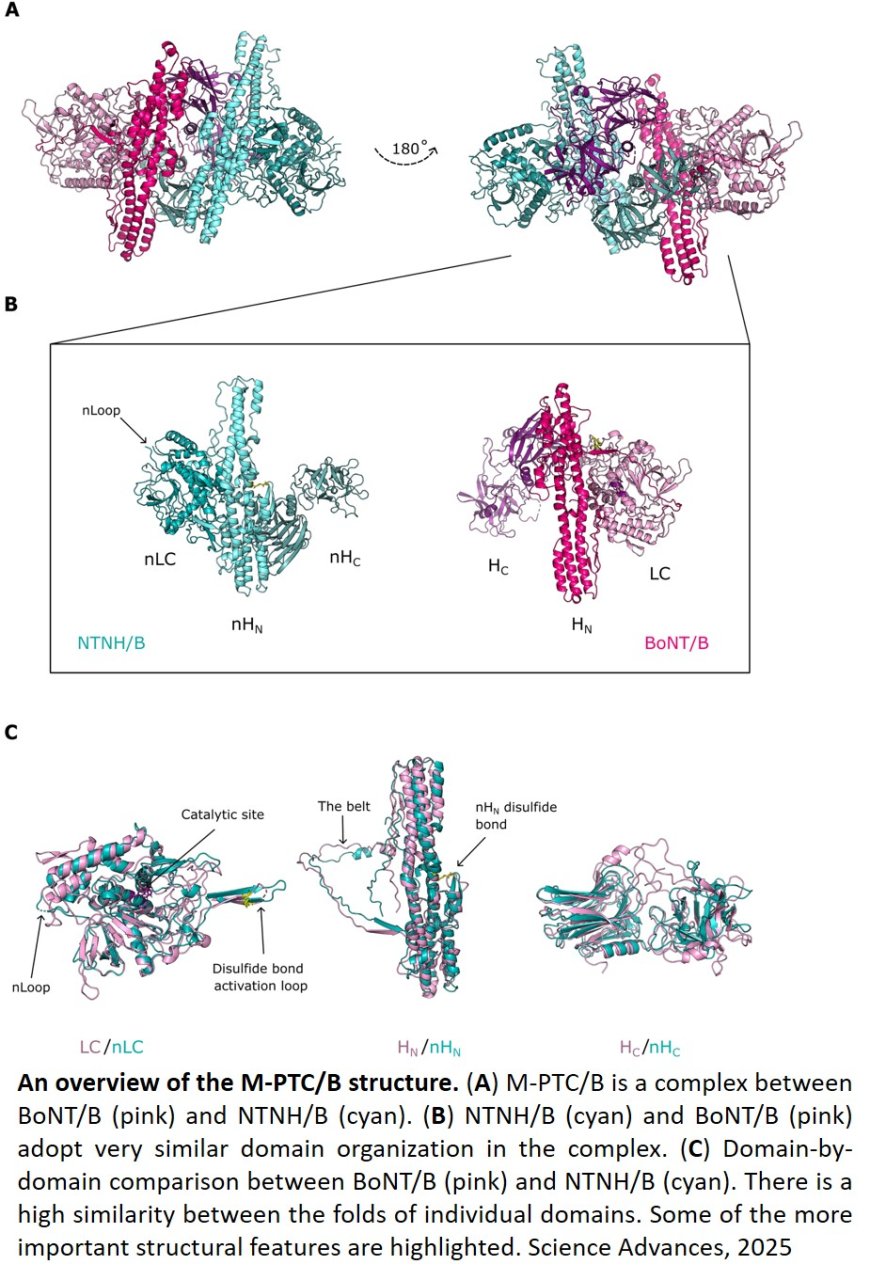
Researchers have succeeded in creating a molecular blueprint of how one of the world's most dangerous toxins, botulinum toxin, is structured, stabilised, delivered and released. The research, published in the scientific journal Science Advances, paves the way for more effective drugs.
Botulinum toxin is the strongest poison known to man – a million times more toxic than that found in cobra venom. The toxin is produced by the bacterium Clostridium botulinum. The toxin causes the serious illness botulism. However, the toxin also has many medical uses, for treating chronic migraine, muscle spasms and severe sweating, as well as for cosmetic purposes.
”In nature, the toxin does not act alone. It travels within a large, 14-part protein complex, which shields the toxin from the harsh environment in the gut and helps it cross from the gut into the blood, where the toxin is released to circulate until it finds its ultimate target the connection between the nerves and the muscle”, says the senior author.
For the first time, researchers have now succeeded in visualising the entire large toxin complex.
”We have studied the toxin complex found in the drug NeuroBloc, which is closely related to Botox.”
To map the large toxin complex, scientists used cryo-electron microscopy.
Each subcomplex, including the M-PTC, M-PTC–HA70, NTNH-HA70, and HA70 trimer, provides detailed understanding of the assembly mechanism, in which the NTNH-nLoop adopts a unique fold that locks the M-PTC into a central pore formed by HA70.
The HA subcomplex presents a tripod architecture with flexible legs that may adapt to the rugged cell surface.
The authors also show that BoNT/B release from the complex is pH dependent and is unexpectedly influenced by the presence of HA70.
”It is a Nobel Prize winning imaging technique were we flash-freeze molecules and captures thousands of snapshots of the molecules, which we then combined into a 3D picture at near-atomic resolution,” says the author.
The molecular blueprint opens up new possibilities:
”It offers new opportunities to neutralize the toxin or harness its mechanisms for therapeutic use. But above all, it is very exciting to gain insight into how this complex system works and what it looks like,” says the author.
https://www.science.org/doi/10.1126/sciadv.adx5058
https://sciencemission.com/Structure-of-the-complete-14-subunit-botulinum-neurotoxin
